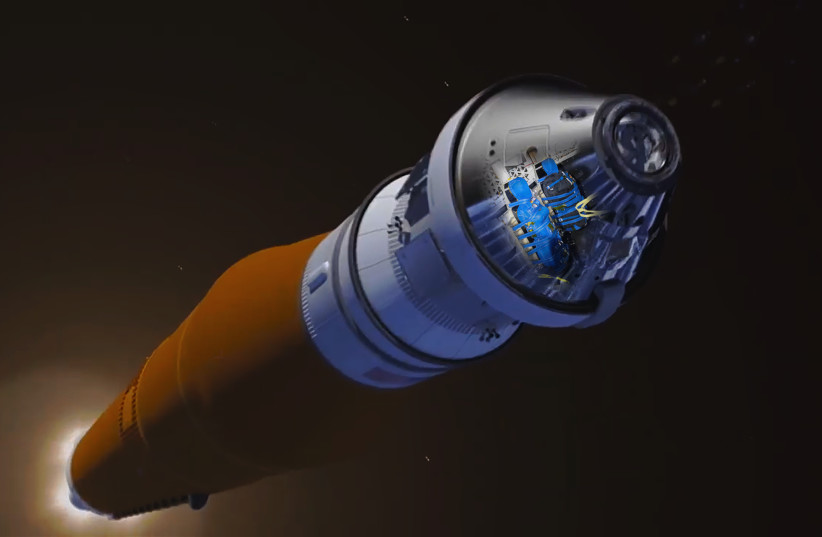The launch of NASA's Artemis I mission planned for Monday was cancelled due to an engine malfunction on Monday afternoon, with the next possible launch date being September 2 depending on further testing.
The launch will be live-streamed by NASA, and a live stream will be available throughout the mission, which will last 42 days, so that the public can keep updated about its progress.
Artemis I's objective is to test NASA's deep space exploration systems in the Orion spacecraft and the Space Launch System rocket. The mission will be uncrewed and will help develop future deep space exploration and extend human existence on the moon and beyond.
What is the Orion Spacecraft?
The Orion spacecraft is designed to carry astronauts into deep space further than people have ever gone before. Artemis I will test its navigation and communications as well as its radiation sensors and its heat shield during a high-speed return from the moon. These tests will ensure that Orion is fit to carry astronauts in future missions.

The spacecraft will travel thousands of miles beyond the moon before returning to Earth at the beginning of October. Orion will be the spacecraft for astronauts that will have stayed in space the longest without docking to a space station.
“This is a mission that truly will do what hasn’t been done and learn what isn’t known,” said Artemis I mission manager Mike Sarafin.
“Artemis I will blaze a trail that people will follow on the next Orion flight, pushing the edges of the envelope to prepare for that mission.”
Artemis I mission manager Mike Sarafin
Future Artemis missions
NASA will use the data collected from Artemis I to perfect the Artemis II mission in which Orion will once again be launched into deep space, this time with a human crew in order to ensure that Orion's systems operate as planned with humans aboard.
Artemis II will follow a similar trajectory to Artemis I with four astronauts aboard. The difference between the two missions will be that Artemis II will orbit Earth twice before heading for the moon in order to ensure that systems are functional while still close to Earth.
Providing Artemis I and Artemis II are successful, Artemis III will launch in 2024 and will land the first people on the moon in the 21st century including the first woman on the moon in history.
